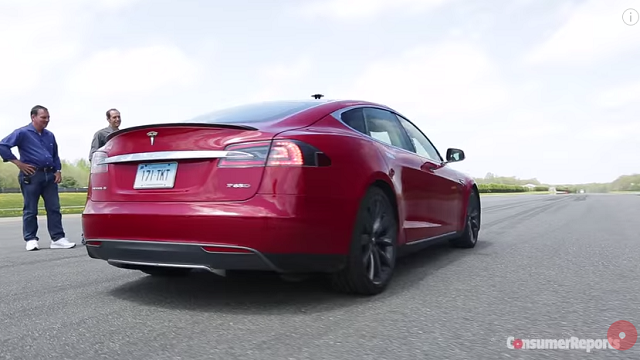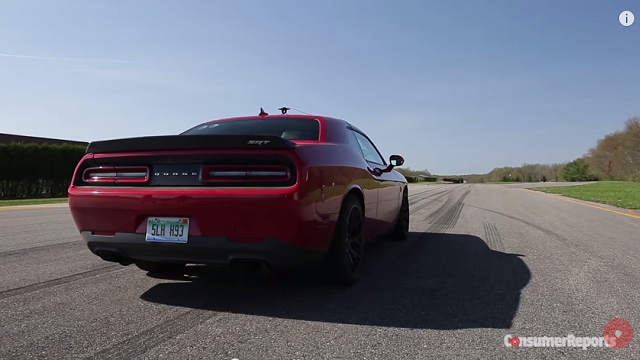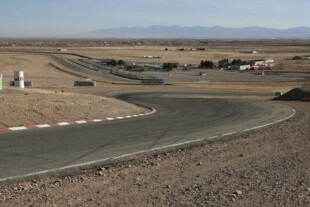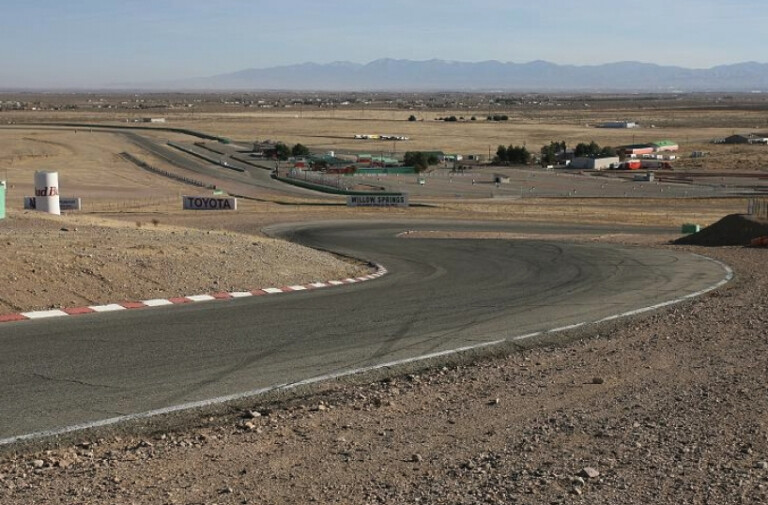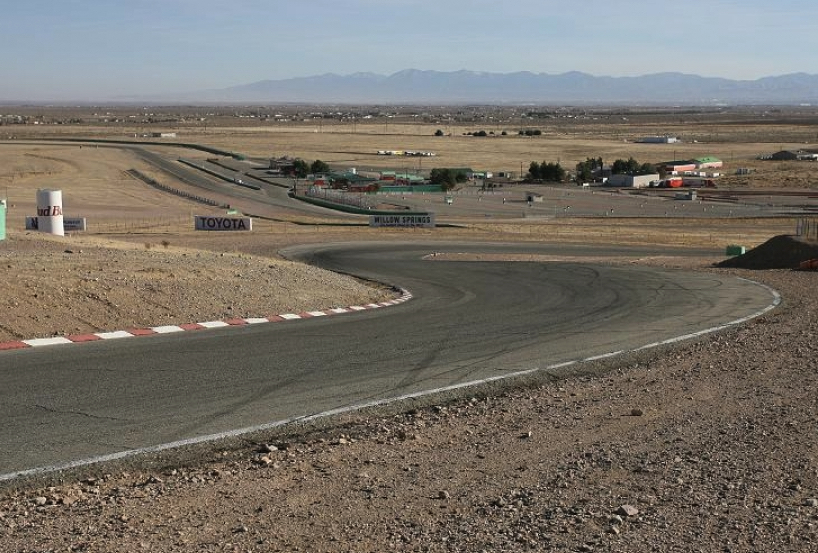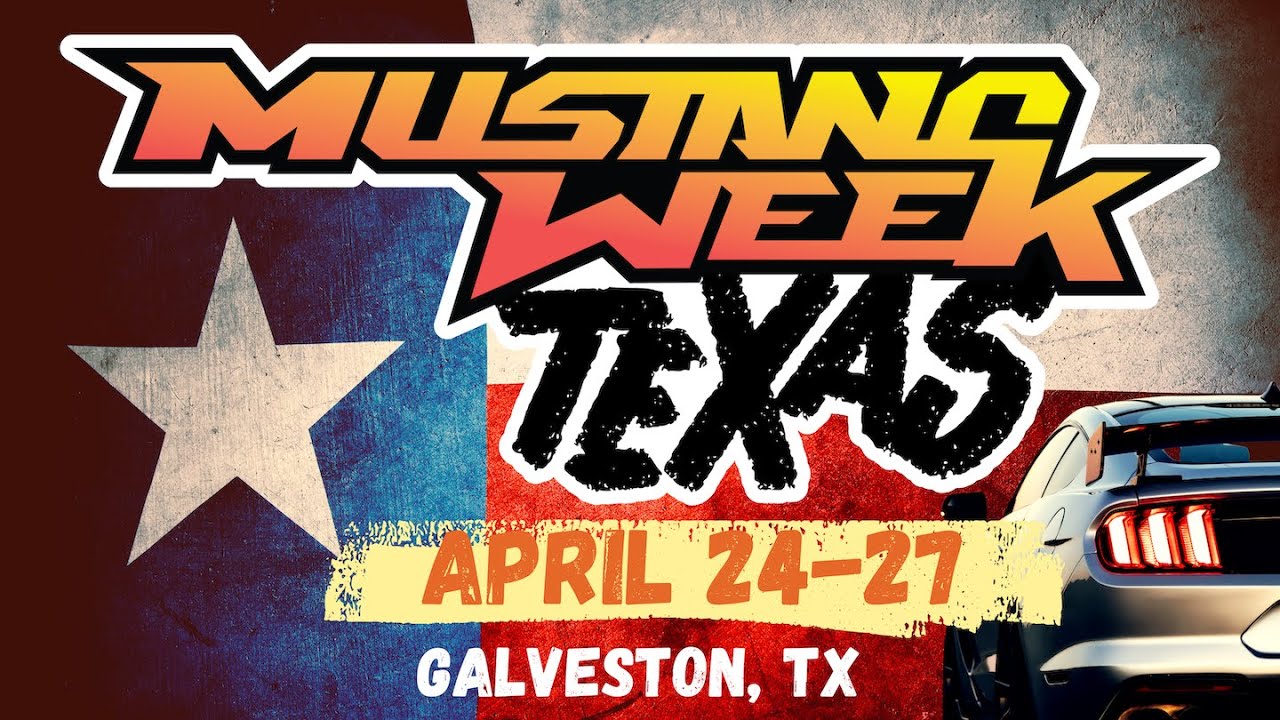For the past few months, we’ve been subjugated to countless debates and videos of two tremendous automobiles facing off against each other. In one corner you have the epitome of American muscle, the 707 horsepower Dodge Challenger Hellcat, powered by a supercharged 6.2 liter HEMI V8. And in the other corner is the Tesla Model S P85D, the fully-electric luxury sedan that has proved EVs don’t have to be boring.
These two polar-opposite rivals have been raced against each other time and again, since a video of the P85D beating the Hellcat went viral earlier this year. The Hellcat has more than made up for this embarrassing spectacle, putting the Tesla in its place with ease. But there’s more to both cars than what you see on the outside, especially in the way they feel to you, the driver. Consumer Reports took an in-depth look at the differences between these two very fast, very American machines.
You can't go wrong with either one.
Consumer Reports actually forewent the traditional drag racing comparison, looking stead at how the cars handle acceleration and cornering on their massive test track. First they looked at the G-forces applied during a hard launch on both the Hellcat and Model S, and unsurprisingly they found the instant torque from the Tesla’s electric motors provided better acceleration and a more prominent feeling. While the Hellcat took 2.3 seconds to go from 0 to 60 MPH and the driver experienced as much as .83 g at launch, the Model S only took 1.3 seconds to reach 30 MPH and experienced 1.02 g of force. But that’s not the whole story.
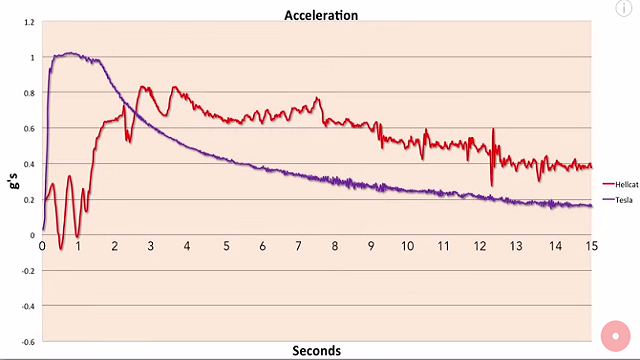 Further on in the video, the magazine compares to charts with the g-forces of both cars, and while the Model S has a lot more initial g-forces, it drops off dramatically after the first couple of seconds. Meanwhile, the Hellcat keeps you pinned to your seat for almost the entire duration of the test run.
Further on in the video, the magazine compares to charts with the g-forces of both cars, and while the Model S has a lot more initial g-forces, it drops off dramatically after the first couple of seconds. Meanwhile, the Hellcat keeps you pinned to your seat for almost the entire duration of the test run.
Two different cars, two different results, and you really can’t go wrong with either one.



